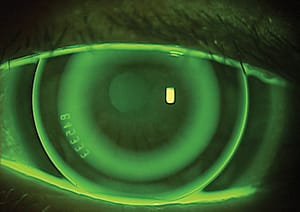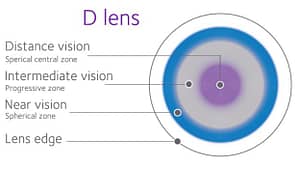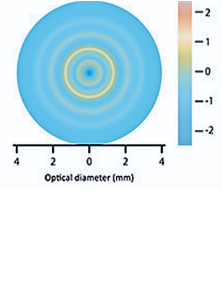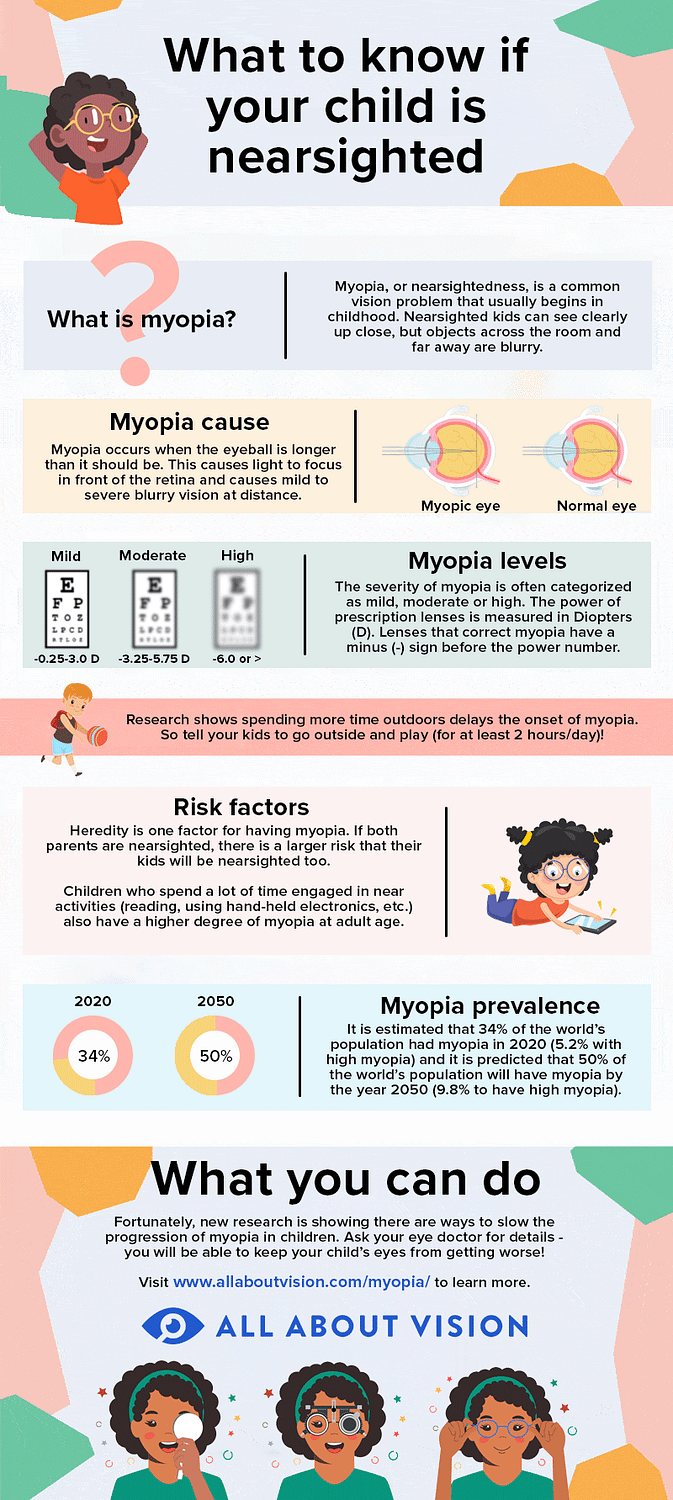Services
Orthokeratology and Myopia Control Management
What Is Myopia Management Control?
Myopia, often called nearsightedness is blurry vision at far. A person with myopia can see things up-close. Myopia progresses when there is a continuous elongation of the eyeball. It cannot really be cured, but its progression can be controlled to slow down.
Myopia control treatments can induce changes in the structure and focusing of the eye to reduce stress and fatigue associated with the development and progression of nearsightedness. The average normal increase of eye grade each year is 0.25 D, more than that is not normal.
Why is myopia control important? Because high level of nearsightedness has always been associated with serious eye problems later in life, such as glaucoma, early cataracts and even a detached retina.
The patient has to be evaluated for the optometrist to know which type of myopia control management is appropriate.
What Myopia Management Control Do We Offer?
- Contact Lenses
- Eyeglasses
Contact Lenses

Ortho K
What?
Orthokeratology, also known as Ortho K is fitting of a rigid gas permeable contact lenses to gently mold or reshape the surface of the eye (cornea) during sleep (just like dental retainers). The lenses are removed in the morning upon awakening. Because the cornea has been reshaped, your child does not need to wear eyeglasses or contact lenses anymore in the morning.
Who is this for?
- Athletic and very active kids.
- Those with up to -6.00 D Sphere eye grade.
- Compliant for return visits.
SOFT CONTACT LENSES
These lenses are worn daily in the morning. They are designed to have different power distribution in the entire lens. This will alter how light will enter the eye and so prevent hyperopic defocus.
Soft Multifocal Contact Lenses

Extended Depth of Focus Contact Lenses

Eyeglasses

Bifocal Eyeglass Design
These lenses have a line bisecting the lens. The top portion is for far vision, while the lower portion is for near vision.
Who is this for?
This is for patients with progressing myopia who have eye teaming and eye coordination problems.
Progressive Design Eyeglass Lenses
This technology is based on more than 10 years of research. They are proven to reduce significantly the progression of myopia and is definitely better than prescribing normal single vision lenses.
Who is this for?
These lenses are designed to limit the effort in near vision and reduce the accommodation lag.
Peripheral Defocus Design
This applies the principles of Peripheral Defocus Management: the correction of the peripheral “hyperopic shift” affecting myopic eyes sends a signal to the eye to reduce the progression of eye elongation, which can result in the reduction of myopia progression. 1
Defocus Incorporated Multiple Segments (DIMS) Technology
The DIMS lens consists of a central zone (9mm diameter) correcting distance vision surrounded by honeycomb-like multiple segments (33mm diameter) providing +3.50D adds, which introduce controlled myopic blur on the peripheral retina.

Read about it MiYoSmart Lenses Are Now Available in the Philippines
Studies in Myopia Control
CLEERE STUDY. Children who have <0.50D at age 7 to 8 years, <0.25D at age 9 to 10 years, and emmetropia at age 11 showed a significant risk for myopia development and progression. The younger the children were when they developed myopia, the faster they progressed.
In the Correction of Myopia Evaluation Trial (COMET) study, the authors studied the effect of progressive lenses (PALs) in nearly 450 children over at least 3 years. They found a statistically significant but not clinically significant difference in myopia progression in the PAL vs. single vision lens (SVL) group. They also found that PALs worked better for children who had a high lag of accommodation or esophoria at near.
Two studies, the Children’s Overnight Orthokeratology Investigation (COOKI) study from 2004 and Longitudinal Orthokeratology Research in Children (LORIC) study from 2005, both found that orthokeratology was a safe and effective treatment for myopia control.




